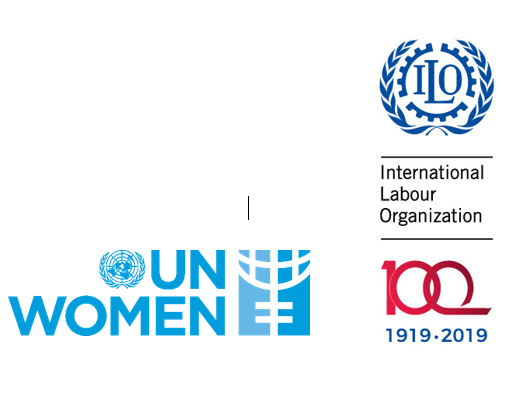Monitoring of violence and harassment is important in identifying the causes of violence and harassment against women, and where investments can be made in areas such as training, awareness-raising and prevention. Provision of sex disaggregated data is crucial for monitoring gender-specific trends at work and problems that contribute to violence and harassment against women.
It is important that data on violence and harassment against women in the world of work is disaggregated by, for example, gender, gender identity, age and occupation of the victim and the perpetrator. Anonymous reporting and complaints can help with understanding the range of situations and prevalence of violence and harassment, assessing factors that led to violence and harassment occurring, and identifying gender gaps. It can also be important when tracking formal and informal complaints and in showing how cases were responded to, including outcomes. In addition, the United Nations Chief Executives Board (CEB) Task Force produced a new United Nations Sexual Harassment Policy Reference Model (2018) which provides an explanatory note on the importance of monitoring:
“Monitoring is an essential part of policy implementation and should be undertaken on an ongoing basis with yearly analysis of findings. In this context, it can include: analysing data collected through formal and informal mechanisms; undertaking dedicated staff assessments or through questions on sexual harassment within existing staff surveys; conducting exit interviews (when staff leave the organization and with impacted individuals when cases are concluded); monitoring staff absenteeism; among other methods that can enable [entity name] to better understand workplace culture and the institutional responses to sexual harassment. Assessment should consider the overall impact and efficacy of the policy in addition to more granular analysis of the reporting procedures, support provided to targets/victims / affected individuals, disciplinary actions taken, preventive measures employed and procedural safeguards taken to ensure due process for targets/victims/affected individuals and alleged offenders” (UN, UN Model Policy on Sexual Harassment, 2018)
